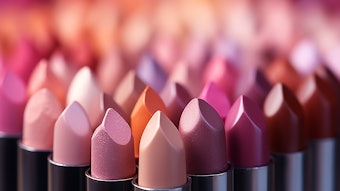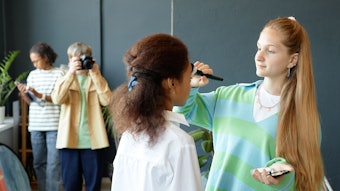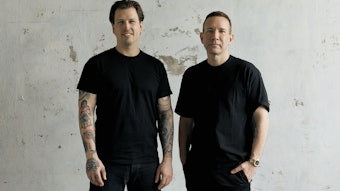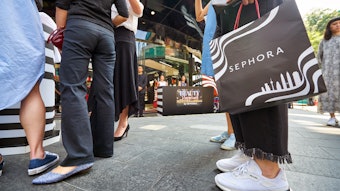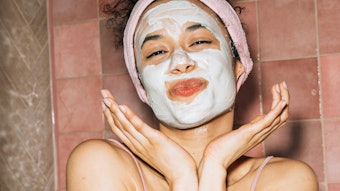The global retail market for men’s grooming products is forecasted to reach $31 billion in 2011, according to data from Euromonitor International. At constant prices, that’s $3 billion more than in 2008, a year when the global economy went into meltdown, triggering significant erosions in discretionary spending power. How has the category managed to cope so resiliently, and how will it fare in the event of new, potentially more acute, global economic challenges?
Brazil and the Cutting Edge of Growth
Brazil’s body-conscious male population, particularly in the southeast, is a key growth driver of men’s grooming products, fueling approximately one-third of the category’s total incremental retail value over the 2008–2011 period, according to Euromonitor International. China—and the burgeoning wealth of its coastal cities—is another important growth engine, posting compound annual growth of around 12% in U.S. dollar value since 2008.
Growth in men’s grooming products is not restricted to the world’s first-tier emerging markets, however. The U.S., Germany and the U.K—the first, fourth and fifth biggest markets in the world for male grooming, respectively—each put up resilient performances despite the downward pressure of weaker consumer buying power. Men’s shaving products, notably razors and blades, are at the frontline of growth, fueling more than $1 billion of new retail business between 2008 and 2011 globally, with Brazil, Germany and the U.S. at the sharpest edge of the performance. Far from leaking value in the aftermath of the recent global financial crisis, brand leader Gillette has continued to grow, generating around $451 million of incremental retail sales between 2008 and 2010.
A New Generation of Spenders
The comparative bullishness of men’s grooming can be explained in part by the staple value of shaving products, deodorants and hair care. But there are also other key drivers at play. Firstly, brand leaders have become increasingly competitive, fueled in turn by the increased visibility of private label players in Western European markets. Secondly, there has been savvy innovation; Unilever, for example, extended Dove, which has strong brand equity in women’s beauty, into the male category. And thirdly, a new culture of male pampering has emerged.
The latter trend is indicative of a new propensity to spend by men in the 17–34 age bracket, often referred to as Generation Y. When the world economy slipped into recession, this was the generation that likely lost the most in terms of jobs and disposable purchasing power. Yet a fundamental lack of confidence in the concept of saving, or in conventional investments such as real estate, means a growing number of these young people prefer to maximize their spending today, rather than invest for tomorrow.
A spendthrift Generation Y also fueled heftier investments in advertising, for example in leading men’s magazines. It is now common for men’s grooming products to be supported by celebrity endorsements, something that was once only visible in women’s beauty marketing.
The shift is indicative of a growing male pampering consumption culture, even at a time of weaker discretionary spending power in developed markets. Sales of men’s skin care products, for example, generated compound annual growth of around 9% between 2008 and 2011, with Nivea, L’Oréal Paris and Biotherm—three global brand leaders—each generating significant new business. According to Euromonitor International, the global retail market for men’s skin care climbed to more than $2 billion in 2010, compared to less than $1 billion in 2003. Crucially, young men these days feel comfortable using products such as anti-agers, eye creams and energy-boosting serums. And that marks a big change from the preceding male generation.
No Safe Havens, But Male Pampering Here to Stay
As the world teeters on the edge of another economic slowdown, triggered by instability in the U.S. economy, a debt crisis in Europe and rising global commodity costs, the men’s grooming category can take solace in the fact that it not only held firm after the 2008 crisis, it actually ramped up sales across all core categories.
Rising inflation, even in key emerging markets such as China and Brazil, could make it more difficult for the operating environment next year, and leading brands will probably have to tighten margins even more in order to remain competitive. But, the emergence of a new male pampering culture is unlikely to dissolve. It is, albeit paradoxically, a spin-off from the 2008 crisis and looks set to only get stronger.


